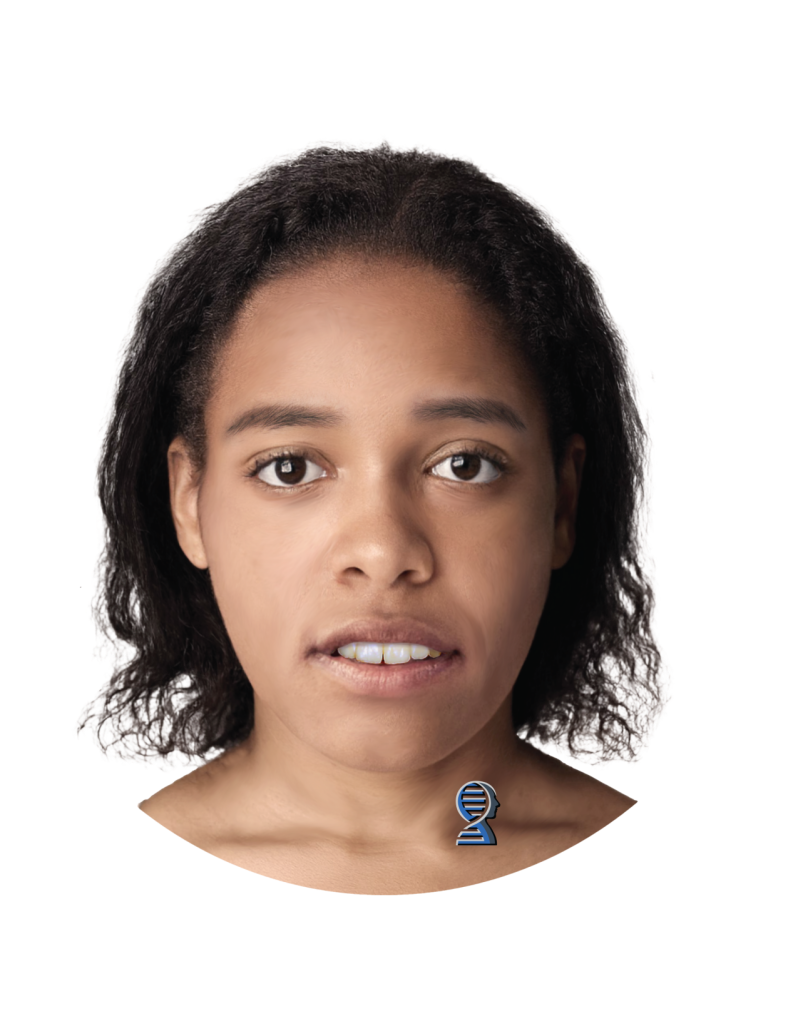‘She deserves a name’
Published 3:55 pm Monday, December 23, 2024

- Oregon State Police released a new illustration tied to a 1999 cold case.
More than 25 years after a woman’s skeletal remains were discovered in Clatsop County, the Oregon State Police has released a facial illustration in the hopes of jogging someone’s memory.
On Nov. 3, 1999, mushroom pickers reported finding human skeleton remains in a wooded area off of U.S. Highway 26 near milepost 29.
An initial forensic examination revealed that the remains belonged to a woman between 16 and 30 years of age, about 5 feet, 2 inches tall and weighing between 108 and 117 pounds. Forensic anthropologists believed the woman had given birth some time prior.
For decades, all law enforcement had to work with was a pencil drawing of what they believed the woman looked like.
But a recent collaboration between Parabon NanoLabs and Oregon State Police forensic anthropologist Nici Vance highlighted the ability to use the individual’s genetic phenotype to construct the new illustration.
“This has been a case that we’ve been working on since 1999, and it’s very near and dear to my heart, because I was actually out there in Astoria and I helped recover her,” Vance said.
Over the years, Vance and her colleagues had been applying various innovative DNA techniques to the remains. They uploaded the remains to the national DNA database to try and find any genetic association with reported missing persons, which yielded no results.
“In 2019, when we partnered with Parabon NanoLabs, they performed investigative genetic genealogy on the remains, which is, you know, this great technique now that can find family members as well as the family trees of some of our unidentified decedents,” she said.
Again, there were no leads. But the collaboration was not entirely fruitless. Oregon State Police asked the lab to create the new illustration based on her genetics, drawing renewed interest in the case through a recent alert sent out with the image attached.
“And so the picture you see that was added to the alert from Oregon State Police this afternoon is what her genetics predict her facial features would look like,” Vance said. “And so those features are defaulted to the age right around 25, so we think she was between the ages of 20 and 35 when she died. So we think this is probably a pretty accurate way of what she looked like when she was alive.”
Using the technology, Parabon NanoLabs and Oregon State Police have collaborated to identify over 30 previously unidentified individuals found in Oregon. They continue to track cold cases, some as old or older than this one, for several reasons.
“She deserves a name,” Vance said. “And also, we assume someone is looking for her, someone is missing her. She’s probably someone’s mother or sister. She’s definitely someone’s daughter … Every case is different, but these are some of the reasons why we continue to look for the names and identities of these unknown people that we’ve had at our medical examiner facility for decades.”
There is also the hope that the new rendering of the woman’s face will spark a memory for someone. Vance said that while it’s not quite a shot in the dark, it is a long shot, given that it’s been over 25 years. But to her, it’s still worth a try.
“Maybe these very accurate facial predictions might jog someone’s memory,” she said. “Maybe they saw her in a convenience store in Clatsop County. Maybe they’re reminded of, you know, a college roommate that they haven’t heard from for years and years.
“Or maybe someone recognizes them in, you know, any suspicious context — a girlfriend who had a boyfriend who wasn’t very nice to her. Any kind of context that might jog someone’s memory in regards to seeing her or knowing her will help facilitate investigative leads, will help our cold case detectives follow up on potential avenues that might lead to her identification. It’s all valuable.”


